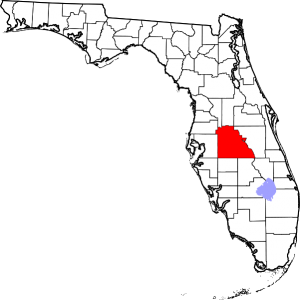The total number of cases of Vibrio vulnificus has risen by one as Polk County saw their first case of the bacterial infection, according to data released by the Florida Department of Health. This brings the total number of cases in Florida to 25 in 2014. Correction: The total case count as of Oct. 24 is 26.

Image/David Benbennick
The number of V. vulnificus deaths remain unchanged at five.
According to the Todar’s Online Textbook of Bacteriology, V. vulnificus causes a disease with over a 50 percent mortality rate, and it causes 95 percent of all seafood-related deaths.
Vibrio vulnificus is an emerging pathogen of humans. It causes wound infections, gastroenteritis, or a syndrome known as primary septicemia. It was first recognized as an agent of disease in 1976. The first documented case of disease caused by the bacterium was in 1979.
V. vulnificus causes disease in individuals who eat contaminated seafood (usually raw or undercooked oysters) or have an open wound that is exposed to seawater. Among healthy people, ingestion of V. vulnificus can cause vomiting, diarrhea, and abdominal pain. Most V. vulnificus infections are acute and have no long-term consequences.
Related: Florida health officials try to clear up Vibrio myths
In immunocompromised persons, particularly those with chronic liver disease, V. vulnificus can invade the bloodstream from either a wound or from the GI tract, causing a severe and life-threatening illness called primary septicemia, characterized by fever, chills, septic shock and death. Blistering skin lesionsaccompany the disease in about 70% of the cases. V. vulnificus bloodstream infections are fatal about 50% of the time.
These individuals are 80-200 times more likely to develop V. vulnificus primary septicemia than are healthy people. For this particular risk group, the infection carries one of the highest mortality rates of all bacterial infections.


One thought on “Vibrio vulnificus case reported in Polk County, brings state total to 25”